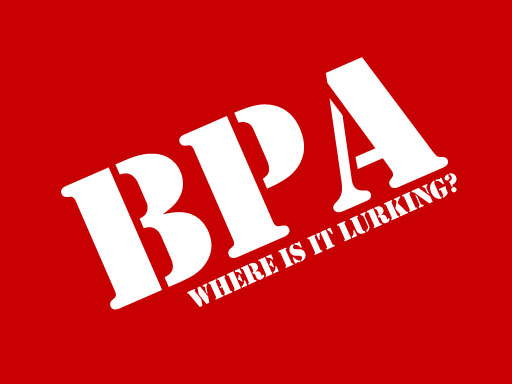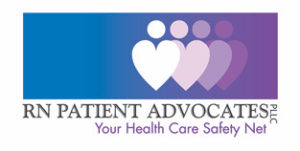Ever wonder what BPA (bisphenol-A) actually is? What is all the controversy about? Is it really harmful?

What is BPA? Bisphenol A is a man made synthetic compound used to make certain plastics clear and tough. It is used to make such consumer goods as the polycarbonate plastic in water bottles, sports equipment, CDs and DVDs, plastic toys, linings of water pipes, and in the linings of food and beverage cans. It is also used in the manufacture of thermal paper such as grocery and gas and store receipts. (wash your hands!)

BPA was used as a synthetic estrogen in the 1930s.
BPA is released from its chemical bonds when heated (sitting in the sun, microwaving, oven heat, dishwasher, thermal process in printing receipts) or frozen.
The FDA outlawed BPA in baby bottles and sippy cups last year.
 Why is it such a concern? High exposure is toxic to the body. However, research has demonstrated repeatedly that toxicity is not the main problem. BPA is an “estrogen mimic”, an endocrine system disruptor. Endocrine disruptors are chemicals that may interfere with the body’s endocrine system (see picture) and produce adverse developmental, reproductive, neurological, and immune effects. The NIEHS (National Institute of Environmental Health Sciences) supports studies to determine whether exposure to endocrine disruptors may result in human health effects including lowered fertility and an increased incidence of endometriosis and some cancers. Research shows that endocrine disruptors may pose the greatest risk during prenatal and early postnatal development when organ and neural systems are forming.
Why is it such a concern? High exposure is toxic to the body. However, research has demonstrated repeatedly that toxicity is not the main problem. BPA is an “estrogen mimic”, an endocrine system disruptor. Endocrine disruptors are chemicals that may interfere with the body’s endocrine system (see picture) and produce adverse developmental, reproductive, neurological, and immune effects. The NIEHS (National Institute of Environmental Health Sciences) supports studies to determine whether exposure to endocrine disruptors may result in human health effects including lowered fertility and an increased incidence of endometriosis and some cancers. Research shows that endocrine disruptors may pose the greatest risk during prenatal and early postnatal development when organ and neural systems are forming.
British and American researchers studied urine samples from 1,455 American adult men and women. BPA was present and detectable in 90 percent of the samples, and all were below the current FDA-approved levels for exposure. Even so, the 25 percent of adults with the highest levels of BPA in their urine were nearly three times as likely to have heart disease, and 2.4 times as likely to have diabetes, than those with the lowest exposure. Higher BPA levels also were linked to unusually high concentrations of three liver enzymes.

How to avoid BPA:
- Eat Fewer Canned Foods Eat fresh or frozen fruits and vegetables, which usually have more nutrients and fewer preservatives than canned foods, and taste better, too.
- Choose Cardboard and Glass Containers Over Cans Highly acidic foods, such as tomato sauce and canned pasta, leach more BPA from the lining of cans, so it’s best to choose brands that come in glass containers. Soups, juices and other foods packaged in cardboard cartons are safer than cans with plastic linings containing BPA
- Don’t Microwave Polycarbonate Plastic Food Containers used in many microwaveable foods. The heat releases the BPA. Put the food into a glass (microwave) or stainless steel container (oven)to heat it up
- Choose Plastic or Glass Bottles for Beverages Canned juice and soda often contain some BPA, especially if they come in cans lined with BPA-laden plastic. Glass or plastic bottles are safer choices. For portable water bottles, stainless steel is best, but most recyclable plastic water bottles do not contain BPA. Plastic bottles with BPA are usually marked with a number 7 recycling code
- Turn Down the Heat To avoid BPA in your hot foods and liquids, switch to glass or porcelain containers, or stainless steel containers without plastic liners
- Use Baby Bottles That Are BPA-Free As a general rule, hard, clear plastic contains BPA while soft or cloudy plastic does not.
- Use Powdered Infant Formula Instead of Pre-mixed Liquid
Learn more to protect yourself and your children. . .



Recent Comments